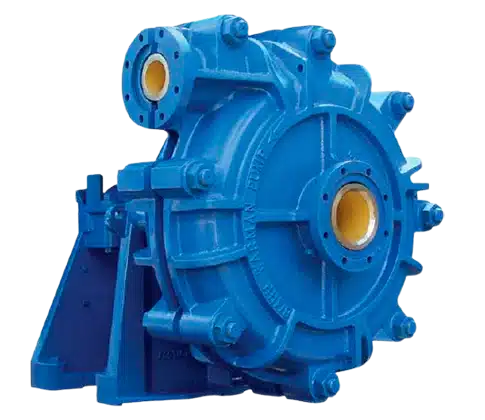MAINTENANCE REQUEST FORMS: PUMP REPAIR REQUEST FORM | PICKUP REQUEST FORM
Manufacturing
Wide selection of pumps for handling, transfer, and optimisation.
Mining
Durable pumps for the toughest mining conditions.
Food & Beverage
Hygienic, high-efficiency liquid transfer solutions.
Chemical, Oil & Gas
Specialised pumps handle hazardous, corrosive fluids safely.
Infrastructure
Optimise projects with our versatile, high-performance pumps.
News: all-pumps now stocking premium brand graco
Blog
Stay informed with industry trends, best practices, and insights.
Brochures & Manuals
Access detailed brochures and user manuals.
Project Portfolio
Explore our project highlights for successful solutions delivered.
Frequently Asked Questions
Find answers to common questions about our products and services.
Promotions
Monthly deals on top-quality industrial pumps.
News: all-pumps now stocking premium brand graco




